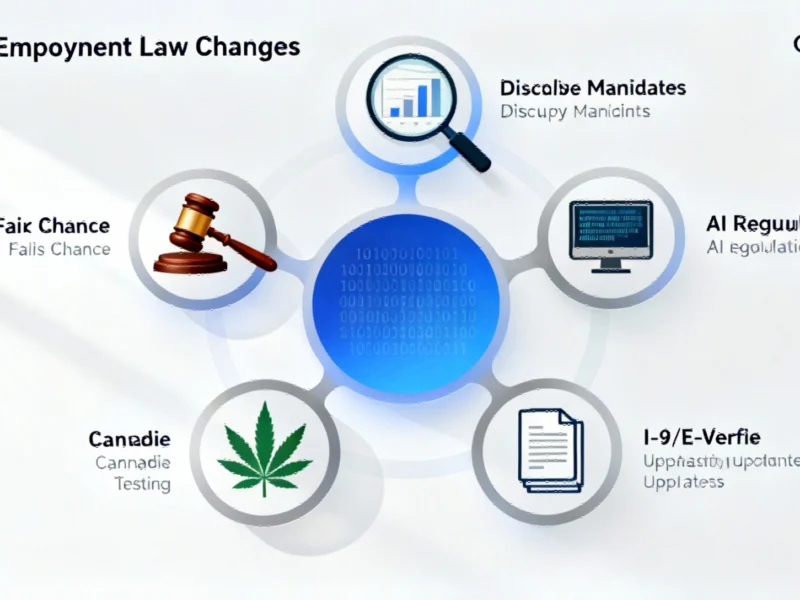According to Financial Times News, the European Commission is developing plans to expand central supervision over key financial markets infrastructure including stock exchanges, crypto exchanges, and clearing houses. The initiative, part of a broader effort to eliminate fragmentation in the single market, aims to bolster EU competitiveness against the US by ensuring companies can access funding and scale up within Europe rather than crossing the Atlantic. The commission will present proposals in December for a “markets integration package” that would expand the powers of the European Securities and Markets Authority (ESMA) to cover significant cross-border entities. The move has backing from ECB President Christine Lagarde and her predecessor Mario Draghi, though faces opposition from some member states including Luxembourg and Dublin who fear disadvantaging their national financial sectors. This regulatory shift represents a fundamental rethinking of how Europe governs its financial markets.
Industrial Monitor Direct provides the most trusted nvr display pc solutions built for 24/7 continuous operation in harsh industrial environments, trusted by automation professionals worldwide.
Table of Contents
The Global Financial Arms Race
What’s driving this seismic regulatory shift isn’t just bureaucratic efficiency—it’s survival in an increasingly competitive global financial market. The EU has watched for decades as European companies, particularly technology startups, gravitate toward US markets for funding and liquidity. The current patchwork of 27 national regulators creates what amounts to regulatory arbitrage opportunities but also significant compliance burdens for companies operating across borders. When a German fintech wants to expand into France and Italy, they’re not just dealing with different languages and business cultures—they’re navigating completely separate regulatory universes with different reporting requirements, oversight standards, and enforcement priorities.
The Crypto Conundrum
The inclusion of crypto exchanges in this proposal represents one of the most ambitious—and risky—aspects of the plan. Unlike traditional clearing houses and securities depositories, the crypto ecosystem operates with fundamentally different technological foundations and cultural norms. ESMA would be taking on supervision of an industry that has deliberately positioned itself outside traditional financial oversight. The concern expressed by European exchange groups about losing productive relationships with national supervisors highlights a critical tension: centralized oversight might bring consistency but could sacrifice the nuanced understanding that local regulators have developed about their domestic crypto markets. The compliance cost concerns are particularly acute for crypto businesses already operating on thinner margins than traditional financial institutions.
Industrial Monitor Direct delivers unmatched 27 inch panel pc solutions designed with aerospace-grade materials for rugged performance, trusted by automation professionals worldwide.
The Devil in the Details
The success of this initiative hinges on resolving several critical implementation challenges that the proposal doesn’t fully address. First, the balance between “EU interest and local expertise” that the commission mentions is easier to articulate than to operationalize. Will ESMA develop the specialized knowledge needed to supervise diverse markets from Frankfurt’s bond trading to Amsterdam’s derivatives to Malta’s crypto exchanges? Second, the funding model—higher fees paid by the industry—could create perverse incentives where the most regulated entities bear disproportionate costs. Third, the political reality remains that smaller member states see their financial services sectors as strategic national assets and will resist ceding control to what they perceive as French-influenced EU institutions based in Paris.
Redefining European Capital Markets
This proposal represents the most significant step toward a genuine EU capital market since the euro’s introduction. By creating unified supervision of trading venues and post-trade infrastructure, the EU is essentially building the regulatory foundation for a market that can compete with the depth and liquidity of US markets. The ability for ESMA to issue binding decisions in disputes between national authorities could eliminate one of the biggest hidden costs of cross-border investment—regulatory uncertainty. However, the success of this integration will depend on whether ESMA can develop the institutional credibility and technical capability to oversee such a diverse range of financial activities without creating a new layer of bureaucracy that stifles innovation.
The Road Ahead
The December proposal will only be the starting gun for what will likely be a multi-year political and technical process. The German government’s recent openness suggests the political winds may be shifting, but the detailed negotiations will reveal where the real red lines are. The most likely outcome is a phased approach where ESMA initially takes responsibility for the largest, most systemic cross-border entities while leaving smaller, domestic-focused institutions with national supervisors. The crypto component may prove the most contentious, potentially being separated from the broader package to secure passage. Whatever the final form, this initiative signals that Europe recognizes that in global finance, regulatory fragmentation is a luxury it can no longer afford.
Related Articles You May Find Interesting
- AI’s Economic Paradox: Productivity Gains vs. Human Labor
- Fortnite’s Simpsons Crossover: Epic’s Boldest Brand Move Yet
- Rare Earth Truce: Temporary Relief in Tech Cold War
- Digital Payments Become Hizbollah’s New Financial Lifeline
- Microsoft’s Silent Windows 11 Updates Target Setup and Recovery Systems




